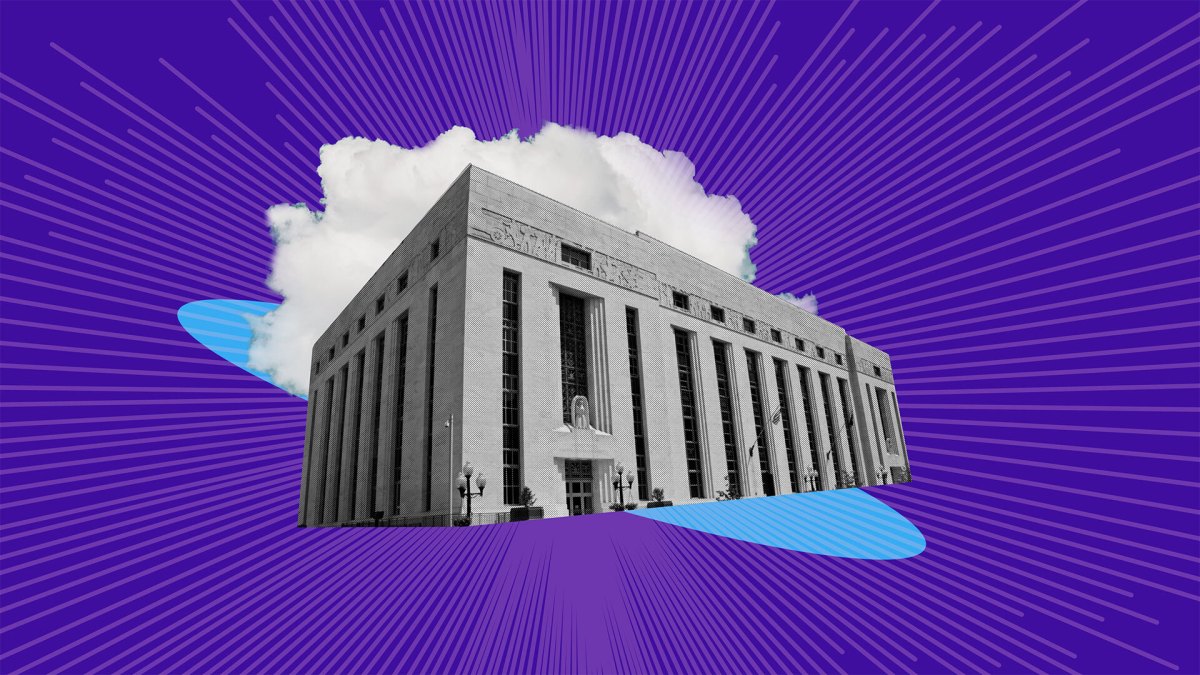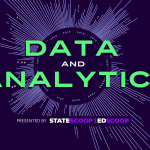The state chief data officer is here to stay

More state leaders have realized in recent years that successfully harnessing untapped troves of data can have an outsized influence on nearly every outcome that they care about.
This became especially evident during the COVID-19 pandemic, when dozens of governors who’d seldom mentioned data in the past — let alone trot out graphs and statistics during daily press briefings — began to regularly appear in the public eye with their health and data experts in tow. But the heightened interest in data isn’t likely to fade with the health crisis.
Eleven states have created chief data officer positions within the last two years, said Tyler Kleykamp, a former Connecticut CDO and fellow at Georgetown’s Beeck Center for Social Impact and Innovation, where he heads the State Chief Data Officers Network. That means the number of states without a data officer — 19 — are now in the minority. And, Kelykamp said, the role is sticking: The CDO position is sometimes being created in states during dire financial periods, and when there’s turnover in the role, it’s getting refilled.
The teams CDOs lead are also growing, Kleykamp said. While data shops of just one or two people are still not unheard of, some states — including Connecticut and Virginia — have recently added as many as 10 new data workers to their ranks, he said.
“That’s a trend we’re seeing broadly,” Kleykamp said. “It’s not exponential growth in staffing of these offices, but I think we’re seeing year-over-year investment at least in the people capacity. Those are all signs that the role is here, it continues to grow, it continues to evolve, but it really starts to feel like it’s a thing that’s here to stay.”
‘Stretched thin’
There are several possible explanations for the rise of the CDO. It could be a continuation of government’s tendency to follow broader societal trends spearheaded by the private sector. It could be that an interest in making rational decisions (or data-driven decision making, as modern technocrats would call it) was always present but the ability to gather and use data in a sophisticated way has only recently become viable. Kleykamp pointed to a growing number of tech-minded governors, like North Dakota’s Doug Burgum, who before entering politics led a successful software company.
According to the National Association of State Chief Information Officers, data analytics has ranked as a top-ten priority of state CIOs for the last seven years, hovering between No. 4 and No. 9 on the list. And so as the tasks assigned to CIOs grow, they’ve increasingly delegated data responsibilities to a dedicated position.
State chief data officers usually work from within their IT departments, but one exception can be found in Indiana, where Chief Data Officer Josh Martin reports to the governor from the Management Performance Hub, a data shop that’s housed under the state’s budget office. Martin told StateScoop he thinks this arrangement is “really important.”
“What’s happened with IT is they’ve just been stretched so thin and given so many different responsibilities that it just got to be too much, and we have to bifurcate that in some way,” he said.
Data evolution
Martin said the most notable recent change in how state governments use data is speed of delivery. He said that until recent years, the usual practice was to send an email to the resident data expert and maybe two weeks later that person would provide a static report that may or may not have been useful.
That’s changed in most places, including Indiana, where, Martin said, the data tools used today are far more “agile.” He said he works with state CIO Tracy Barnes to “figure things out and solve tough problems” and that his office often serves as a “convener,” joining many agencies to work on issues like managing the state’s response to COVID-19 or driving down the number of opioid deaths.
Martin’s office plays a leading role on some projects, such as during the coronavirus pandemic when “for 70 straight days,” he said, he helped agencies share data so the governor and other officials could make decisions about business closures and mask mandates.
“With COVID we wanted to know things in or as near to real-time as possible based on data that was coming in fast to the health department,” he said. “The data infrastructure wasn’t there. It didn’t exist.”
But as data seeps into daily life, Martin’s also become more focused on building the data proficiency of the 30,000 people who work for the State of Indiana. The once-arcane art of data analytics is being democratized by improvements in software — but the technology’s power will only be unleashed if people are educated, Martin said.
“We can do all the cool stuff in the world in our little data shop here,” he said. “But if people can’t use the tools that we’re developing or the work that we’re doing, if they can’t navigate a dashboard, if they can’t interpret the information that’s coming out, it doesn’t do a darn bit of good.”

This story was featured in StateScoop Special Report: Data and Analytics (2022)






